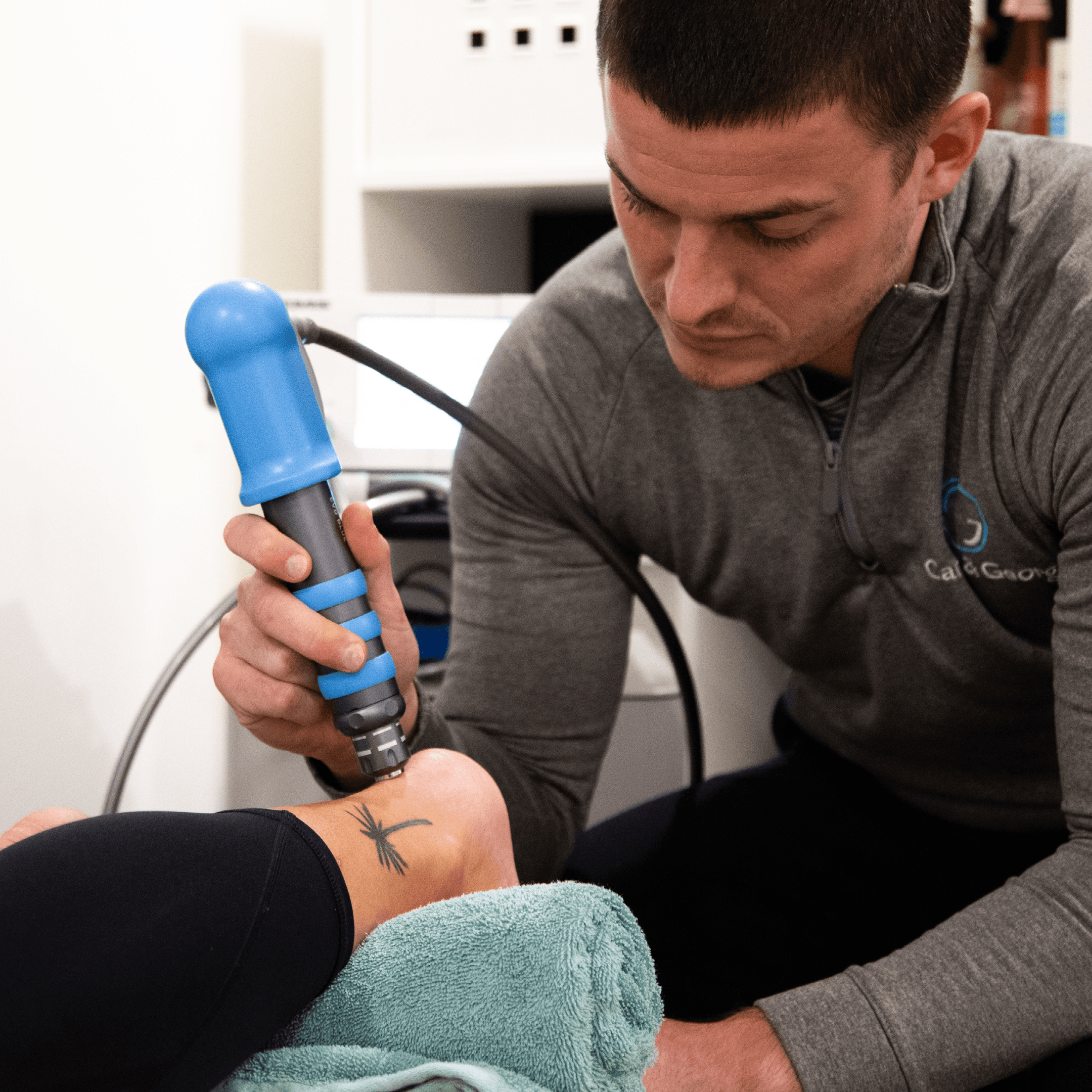Related Posts
Marathon season is here! And with it, knee pain! Introducing Runners Knee…
Better understands the symptoms, causes, risk factors and treatments for runners knee to keep your training on track.
You’ve heard if it, but what is an ACL Injury?
ACL injuries are commonly seen in sports involving quick direction changes, jumping, or dodging. Find out the causes, symptoms, and mechanisms of ACL injuries as well as treatment options based on age and athletic level.
Understanding Knee Injuries in Rugby
Dive into what makes knee injuries such a concern for rugby players and how they can be prevented and treated.
Everything you need to know about Heel Pain!

Plantar fasciitis is literally translated as inflammation of the plantar fascia and is the most common cause of heel pain with 11-15% of the population suffering each year. The plantar fascia is the flat ligament on the sole of the foot, connecting the heel bone to the toes. If this ligament is strained it can become weak, irritated and inflamed. This causes pain at the heel during walking or simply standing.
What are the main causes?
High arches or flat feet
Walking, standing or running for long periods.
Being overweight
Poor fitting shoes
Tight Achilles tendon or calf muscles
Excessive pronation (feet rolling inwards) when walking
How can Plantar Fasciitis be treated?
A quick but effective way of reducing the pain is modifying the activity you are engaging in. The level of relative rest to activity level is often overlooked, however, ensuring the correct rest time is essential for reducing pain at the heel. A short-term solution to plantar fasciitis is to ice the sole of the foot following gentle stretching of the calf muscles.
Shockwave therapy:
This non-invasive form of treatment sends high energy acoustic waves into the injured tissue stimulating blood flow, accelerating the healing process. Several studies have shown that this method is effective in treating long-term chronic heel pain, with one study showing satisfactory results in reducing pain in 91% of patients with only a 6% recurrence rate for plantar fasciitis.
Road to Recovery:
The average length of time to recover from plantar fasciitis, resting alone, is found to be roughly 6 months to a year. The length of recovery is significantly reduced with shockwave therapy. A session every week for 3-5 weeks is the recommended amount to fully treat the underlying cause. A study in 2010 found that just 2 treatments were effective in treating chronic plantar fasciitis.